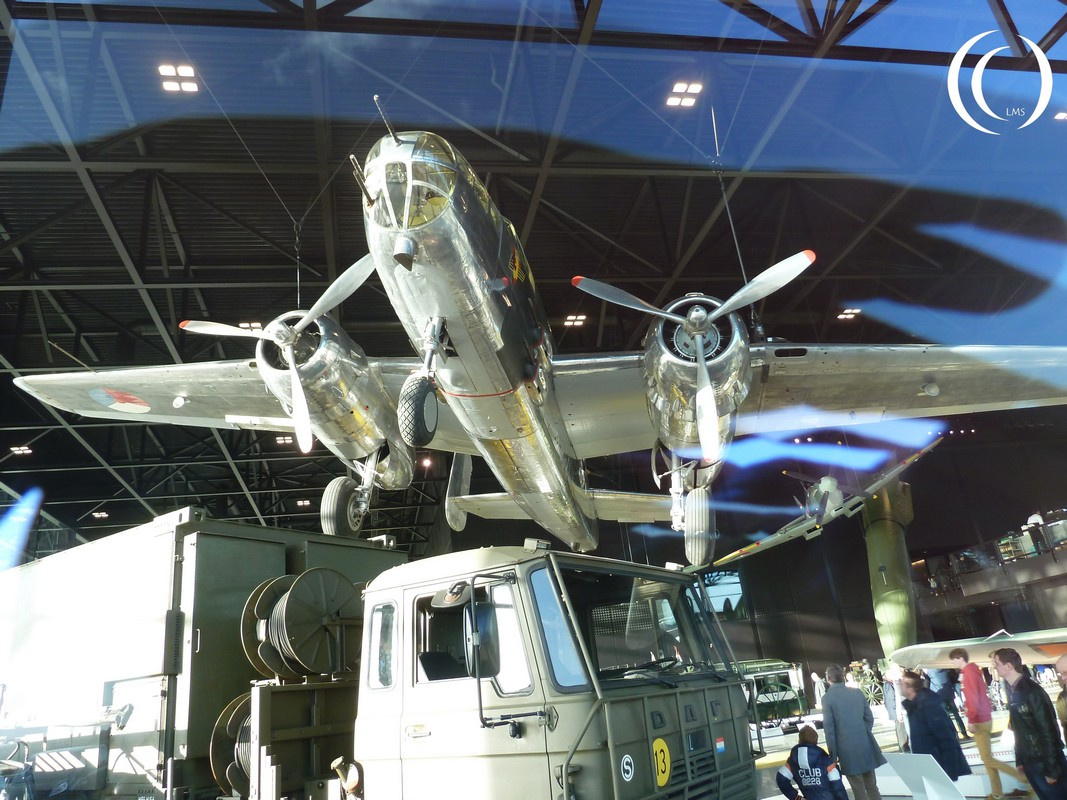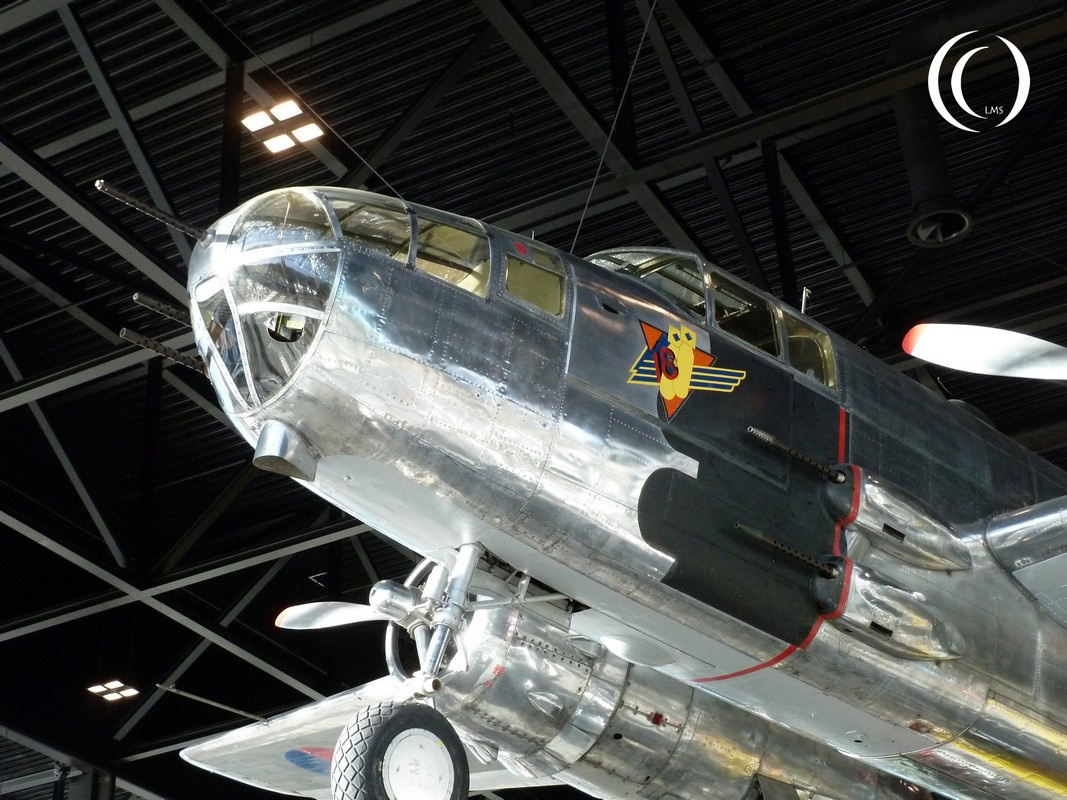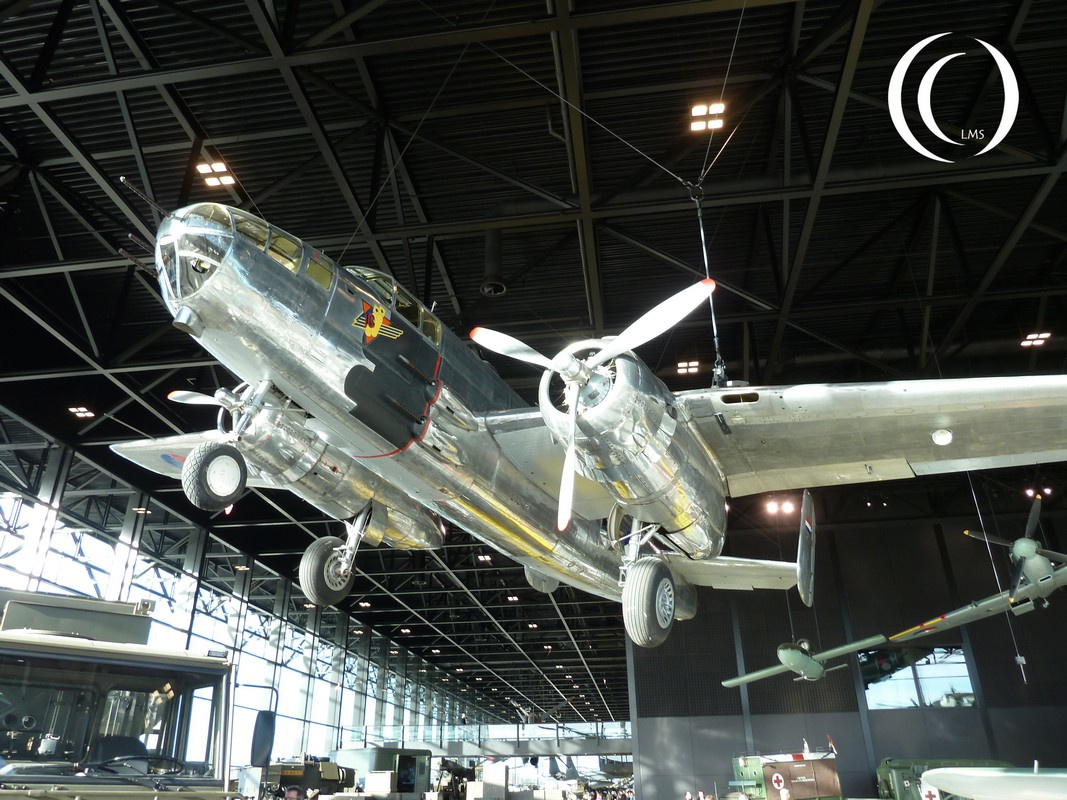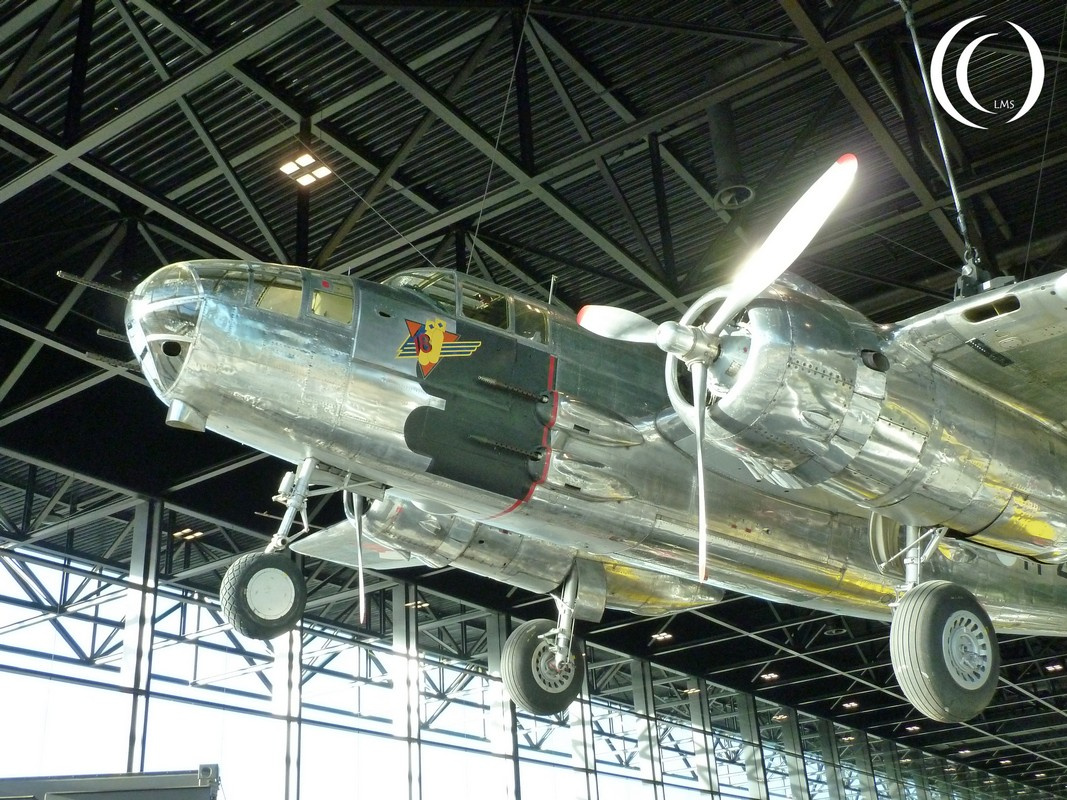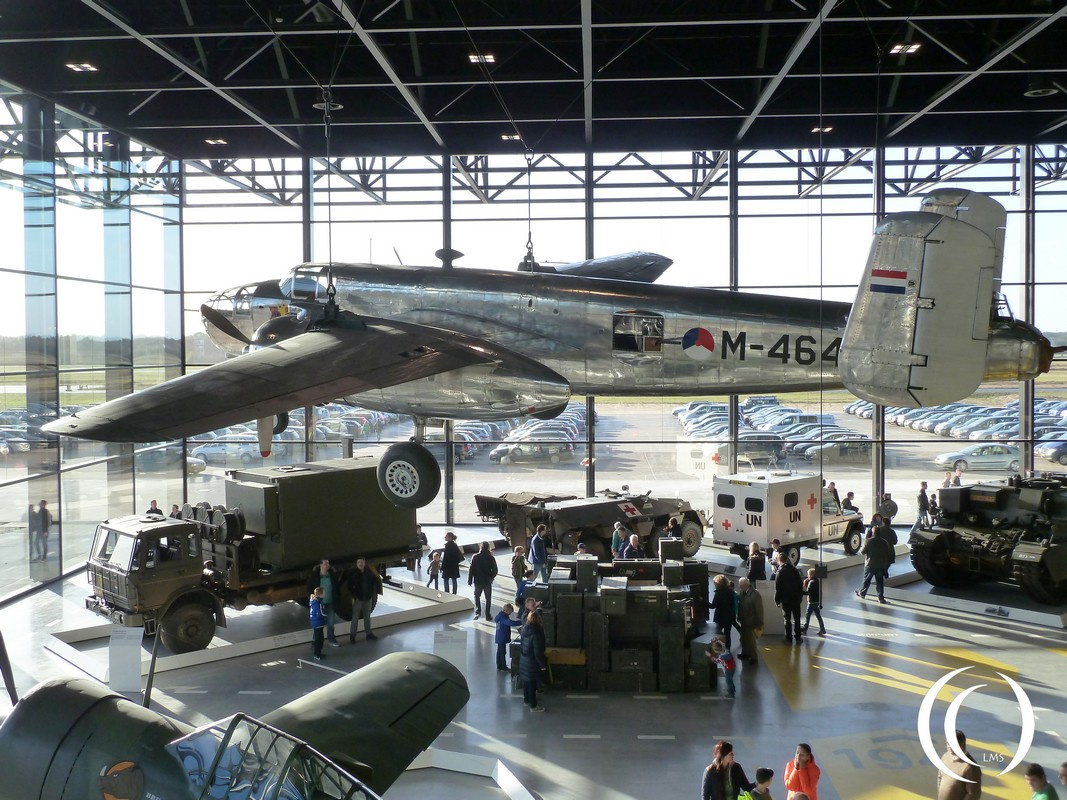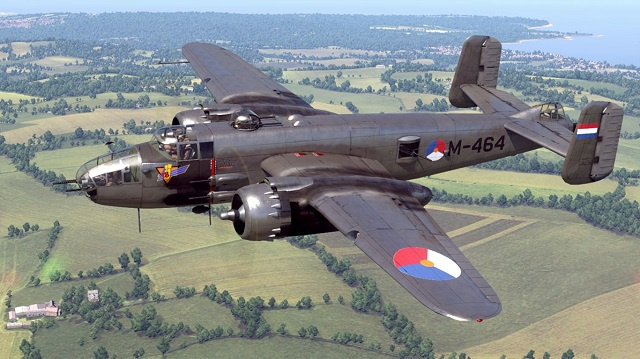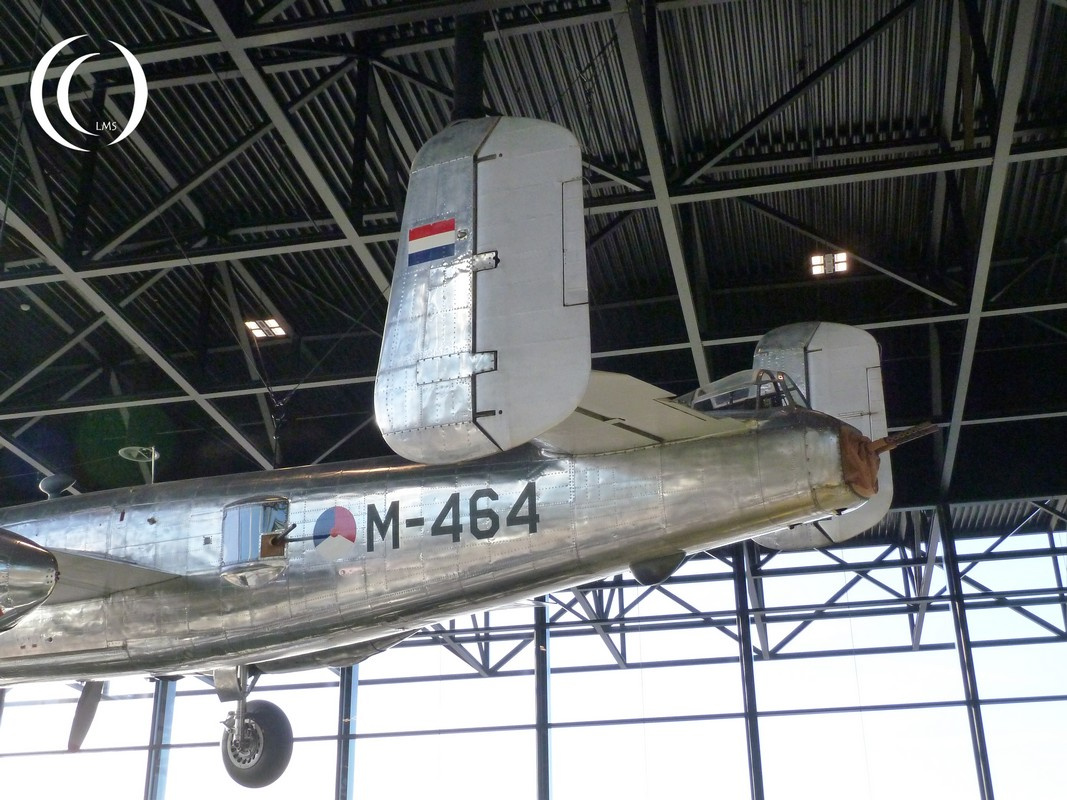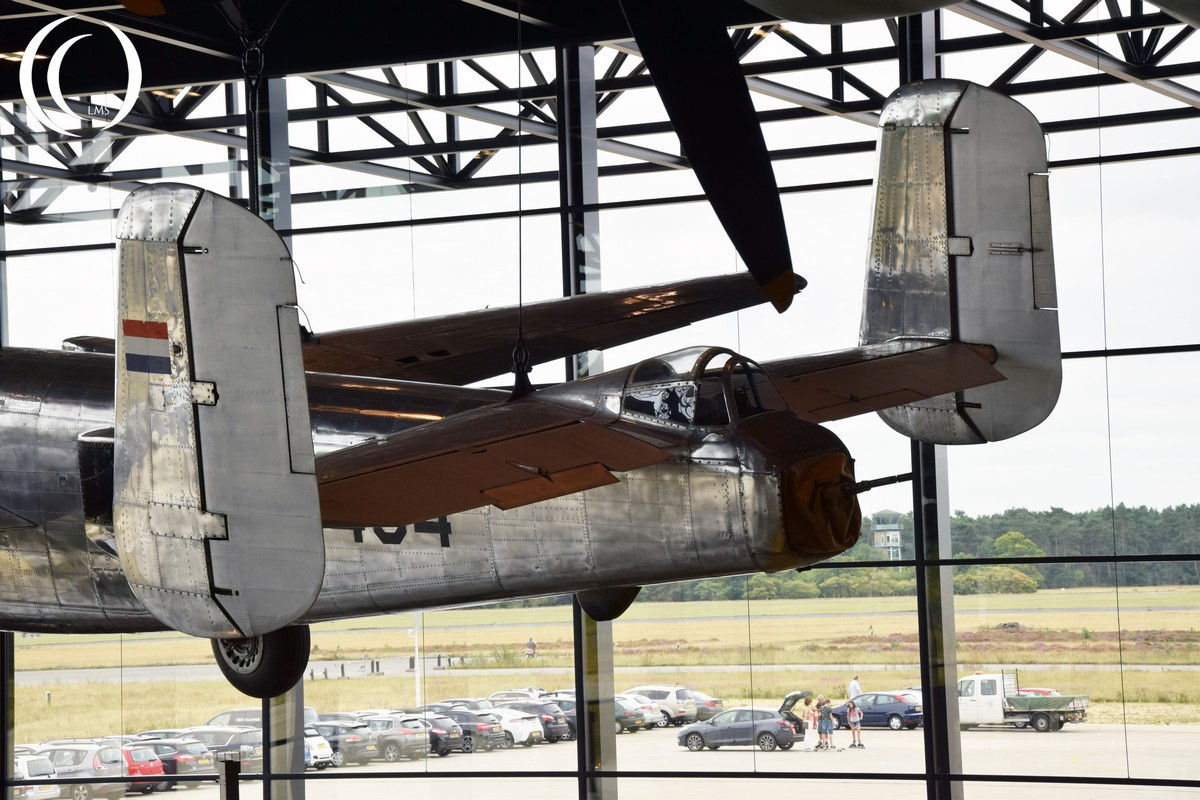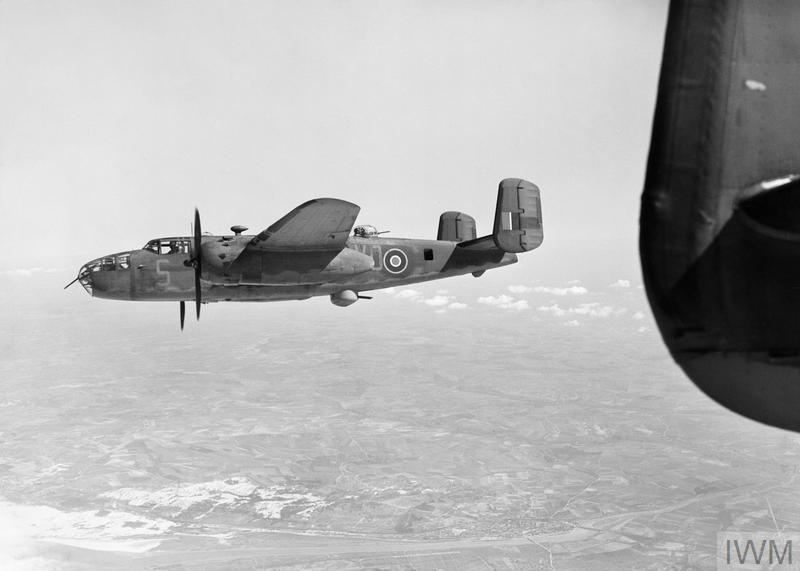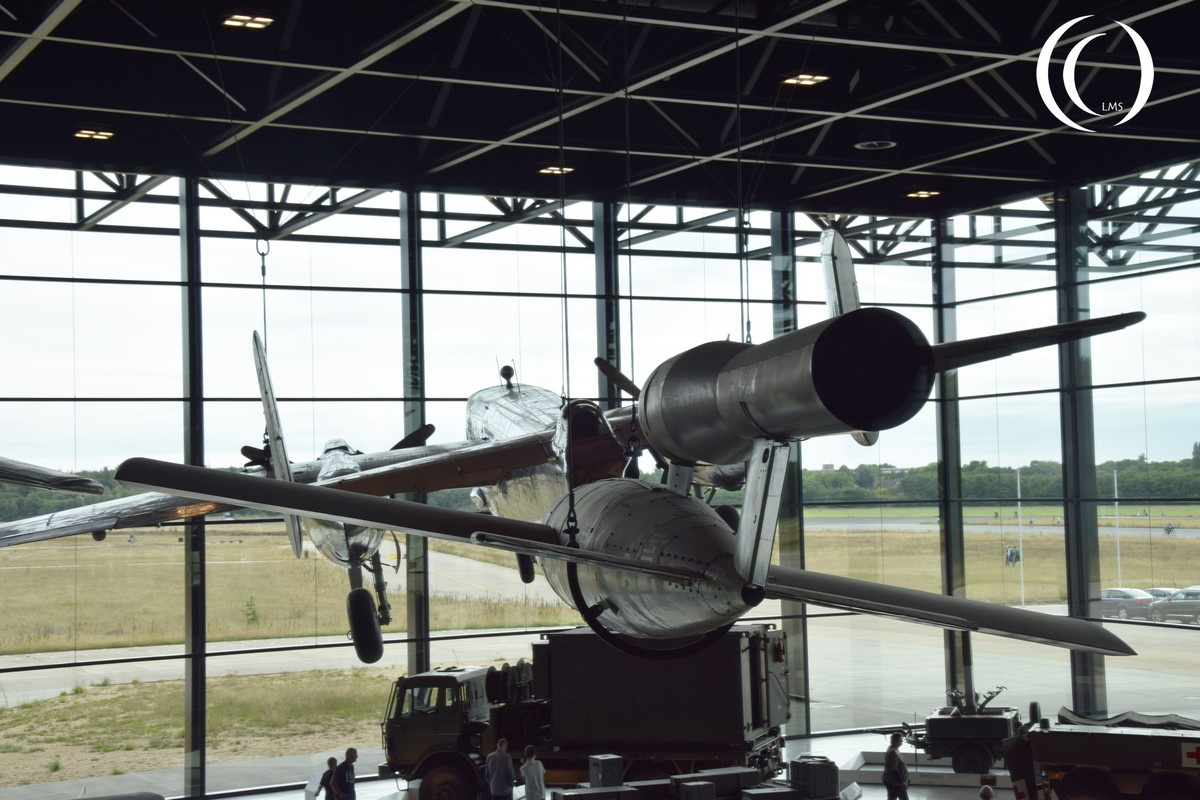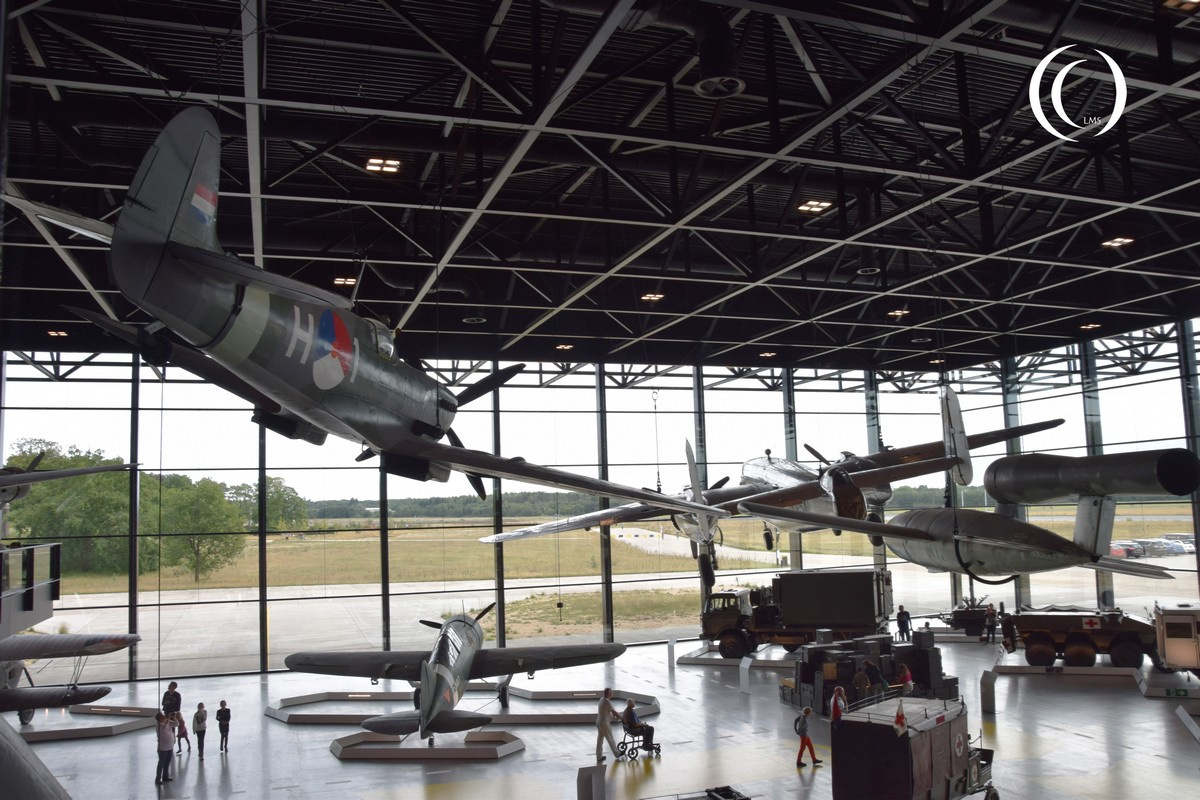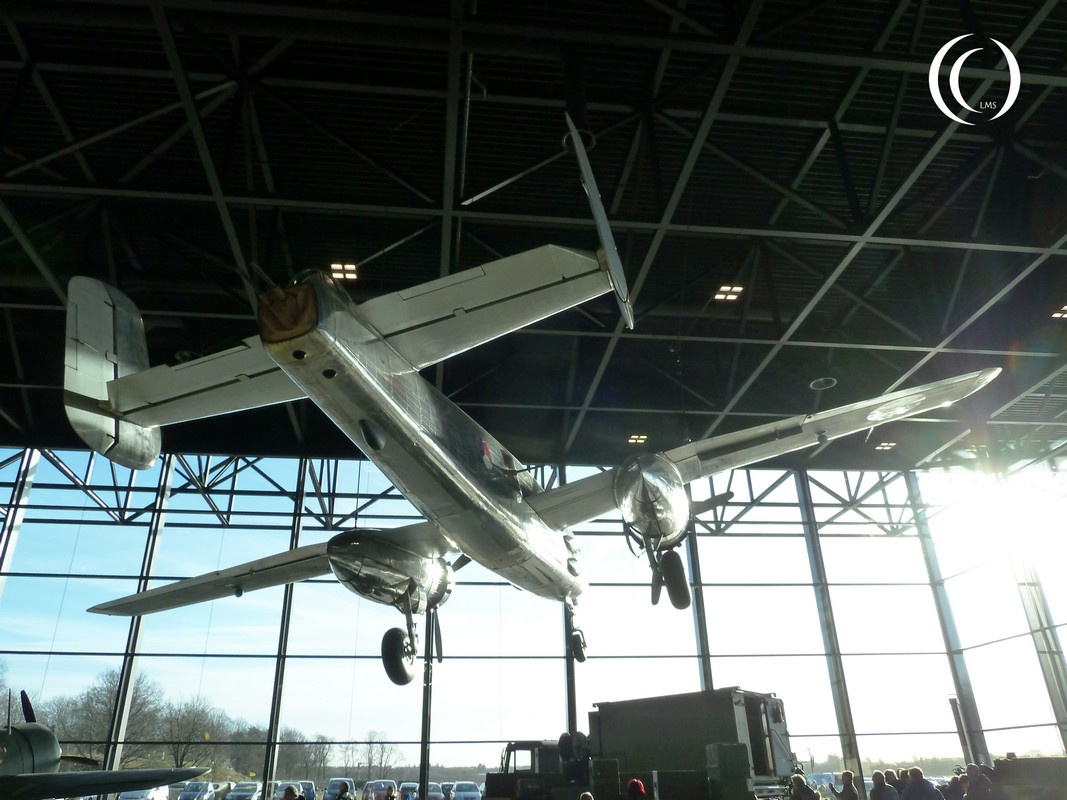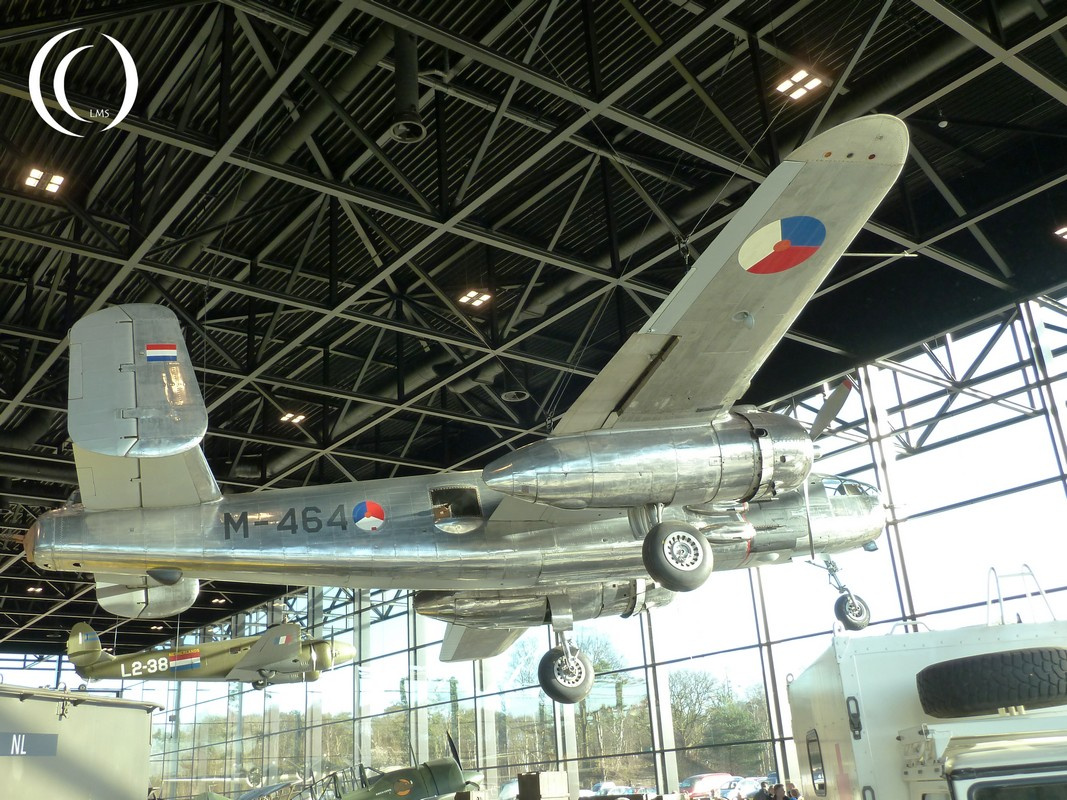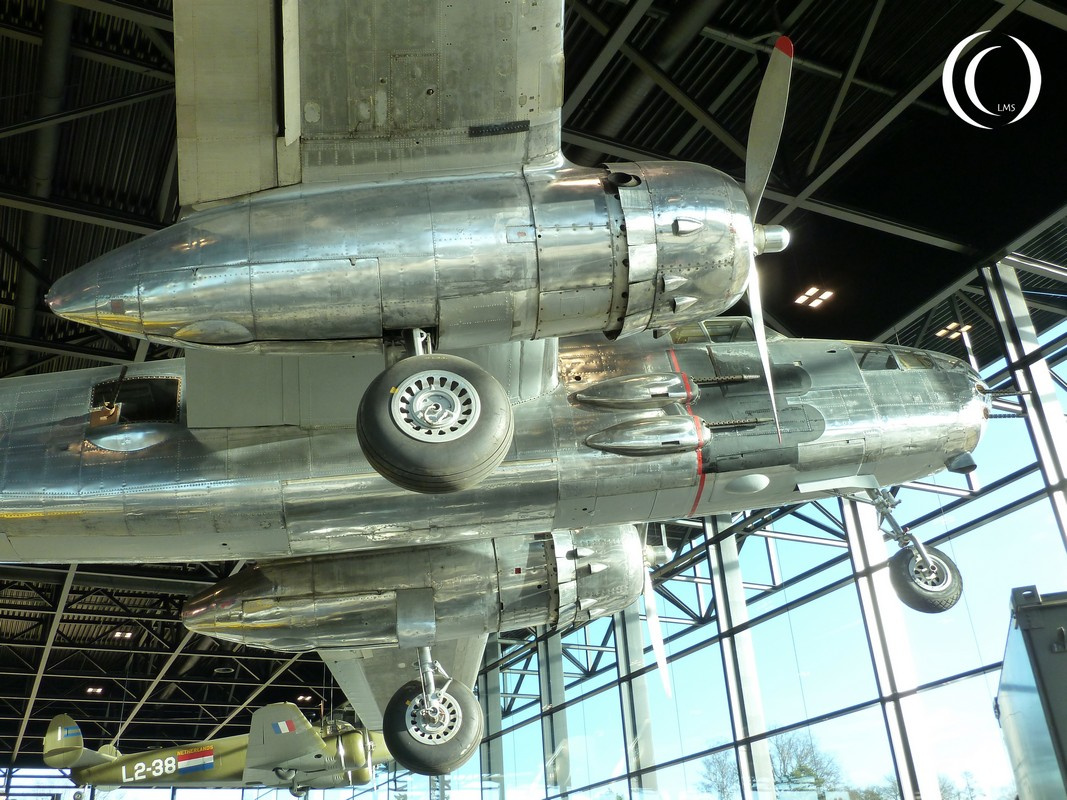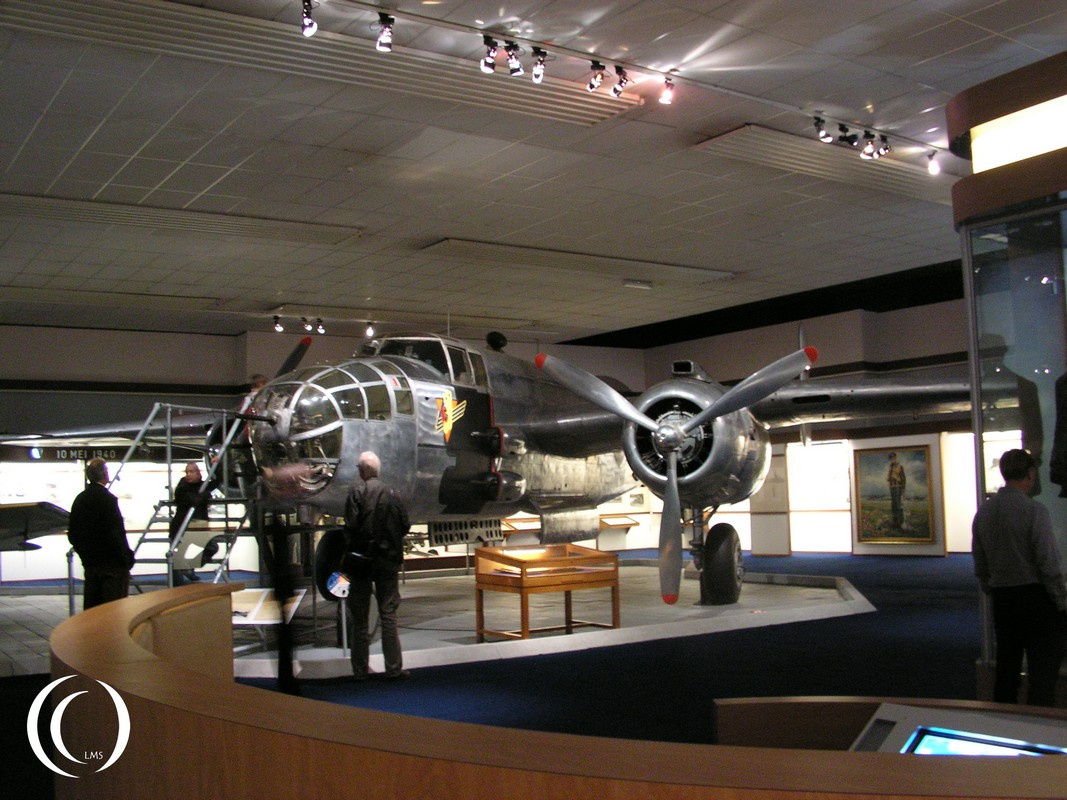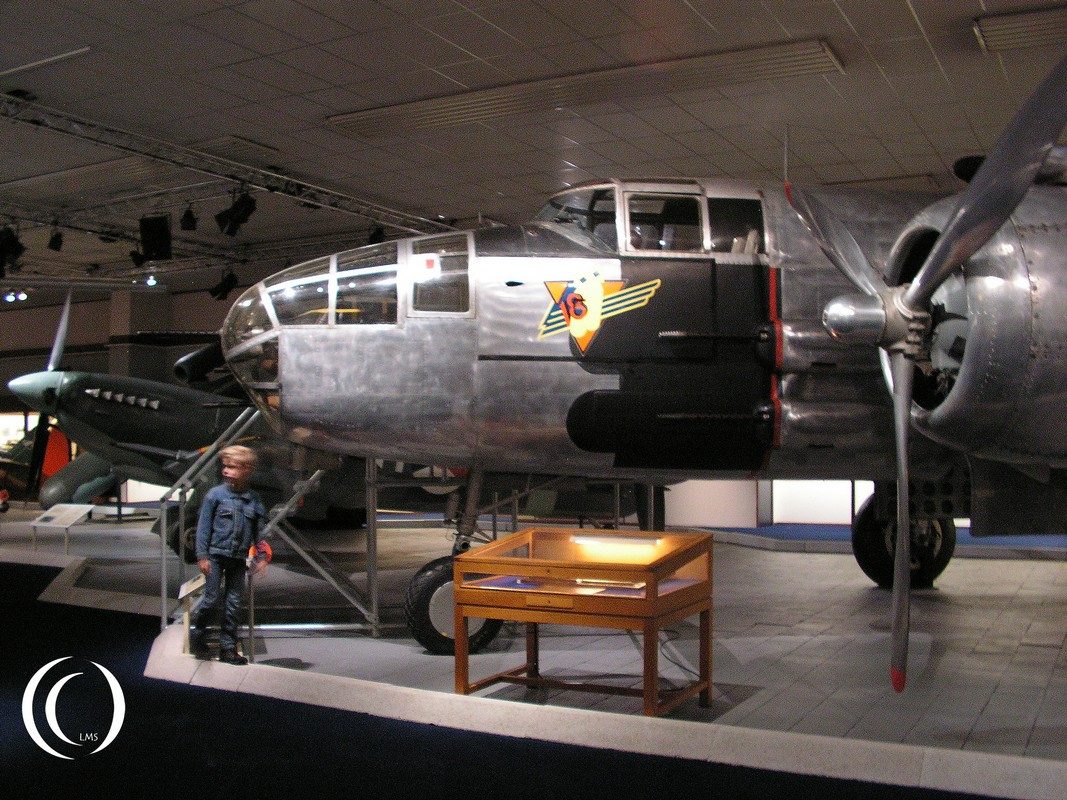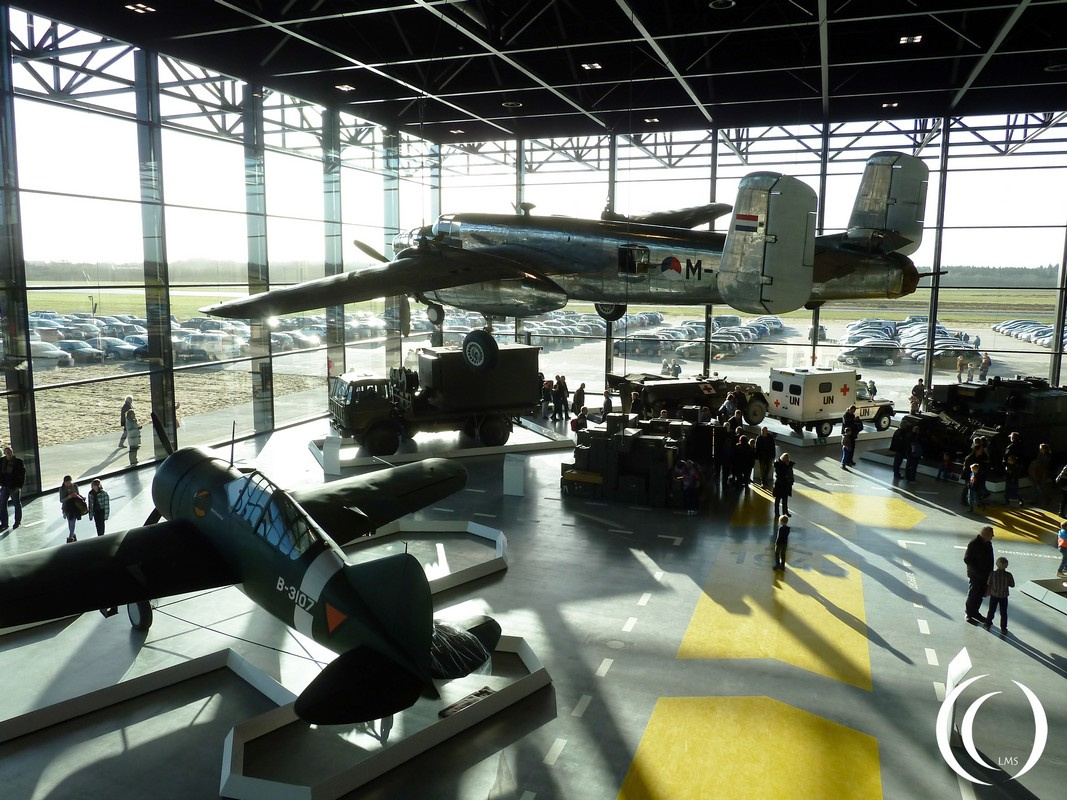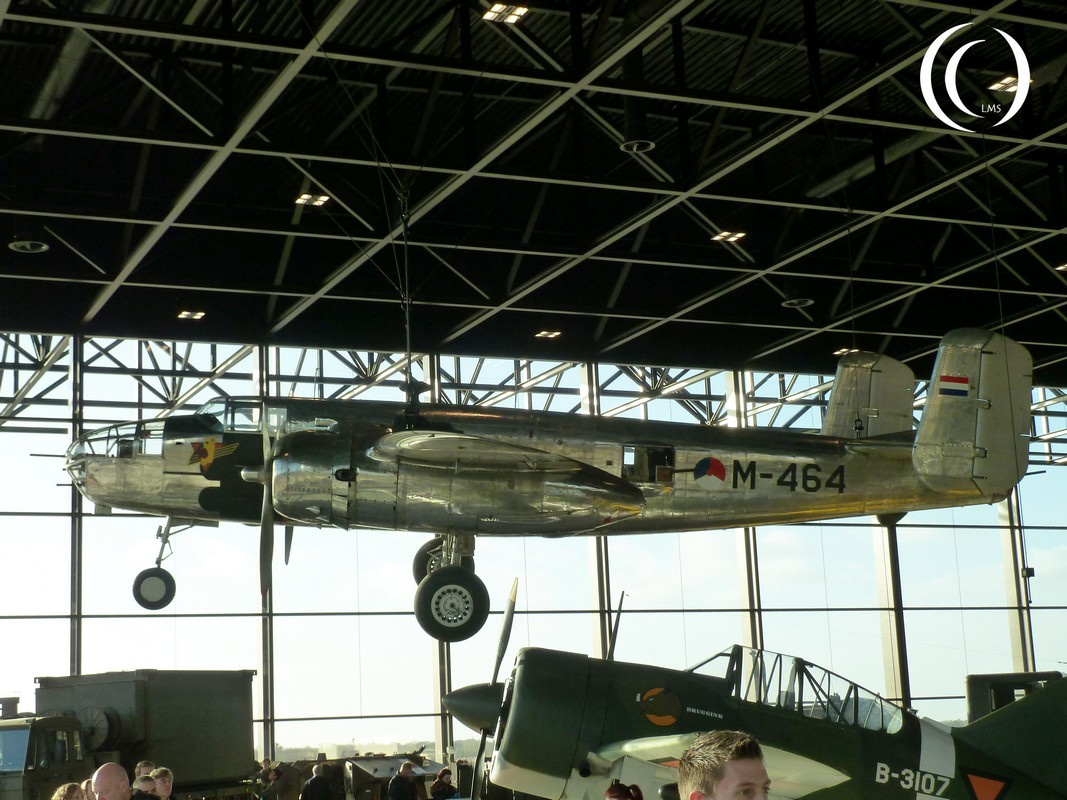
North American B-25 Mitchell
The North American B-25J Mitchell was a versatile medium bomber used by the United States during World War II. It was the final and most produced version of the B-25, with 4,318 units built between 1943 and 1945. The B-25J featured significant modifications over earlier models, most notably the nose-mounted armament, which included a forward-firing .50 caliber machine gun and the improved glass nose for better visibility during bombing runs.
The aircraft was powered by two Wright R-2600-29 Cyclone radial engines, each producing 1,700 horsepower, allowing a top speed of 275 mph (443 km/h) and a range of 1,350 miles (2,170 km) with a bomb load. The B-25J had a wingspan of 67 feet 7 inches (20.6 meters) and a length of 53 feet 4 inches (16.3 meters), with a maximum takeoff weight of 30,000 pounds (13,600 kg).
Equipped with up to 3,000 pounds (1,360 kg) of bombs, the B-25J was used in strategic bombing, low-level attack missions, and anti-shipping operations. Its crew of six included a pilot, co-pilot, navigator, bombardier, radioman, and tail gunner. The B-25J was notably involved in the Doolittle Raid and served in both the Pacific and European theaters, proving itself as a reliable and effective bomber.
